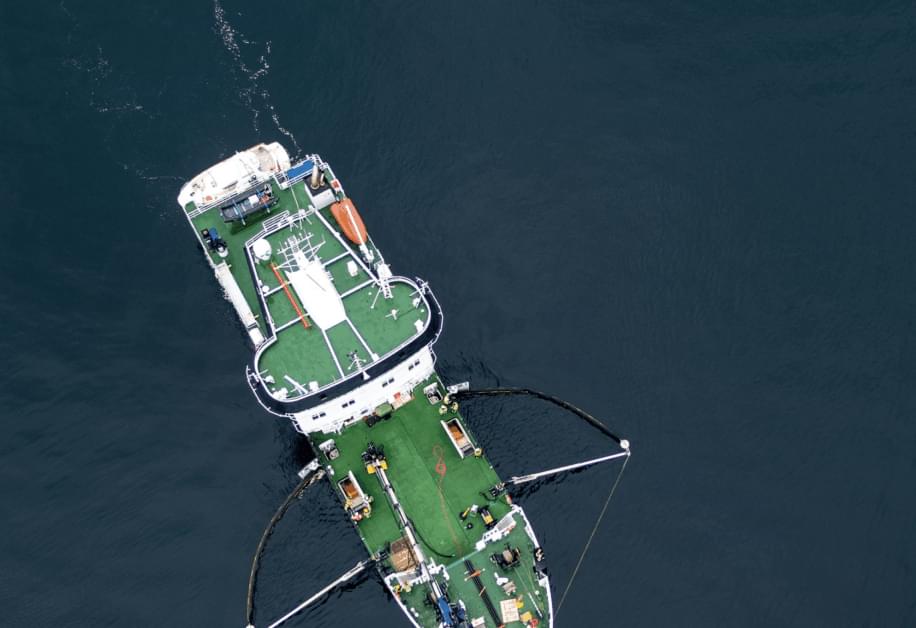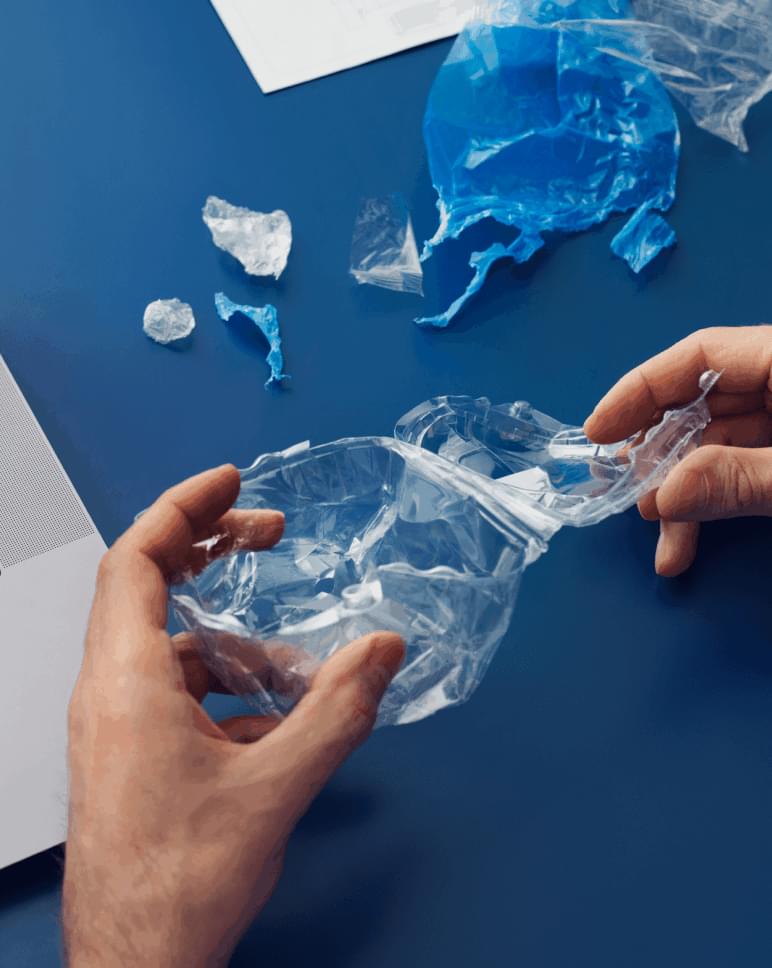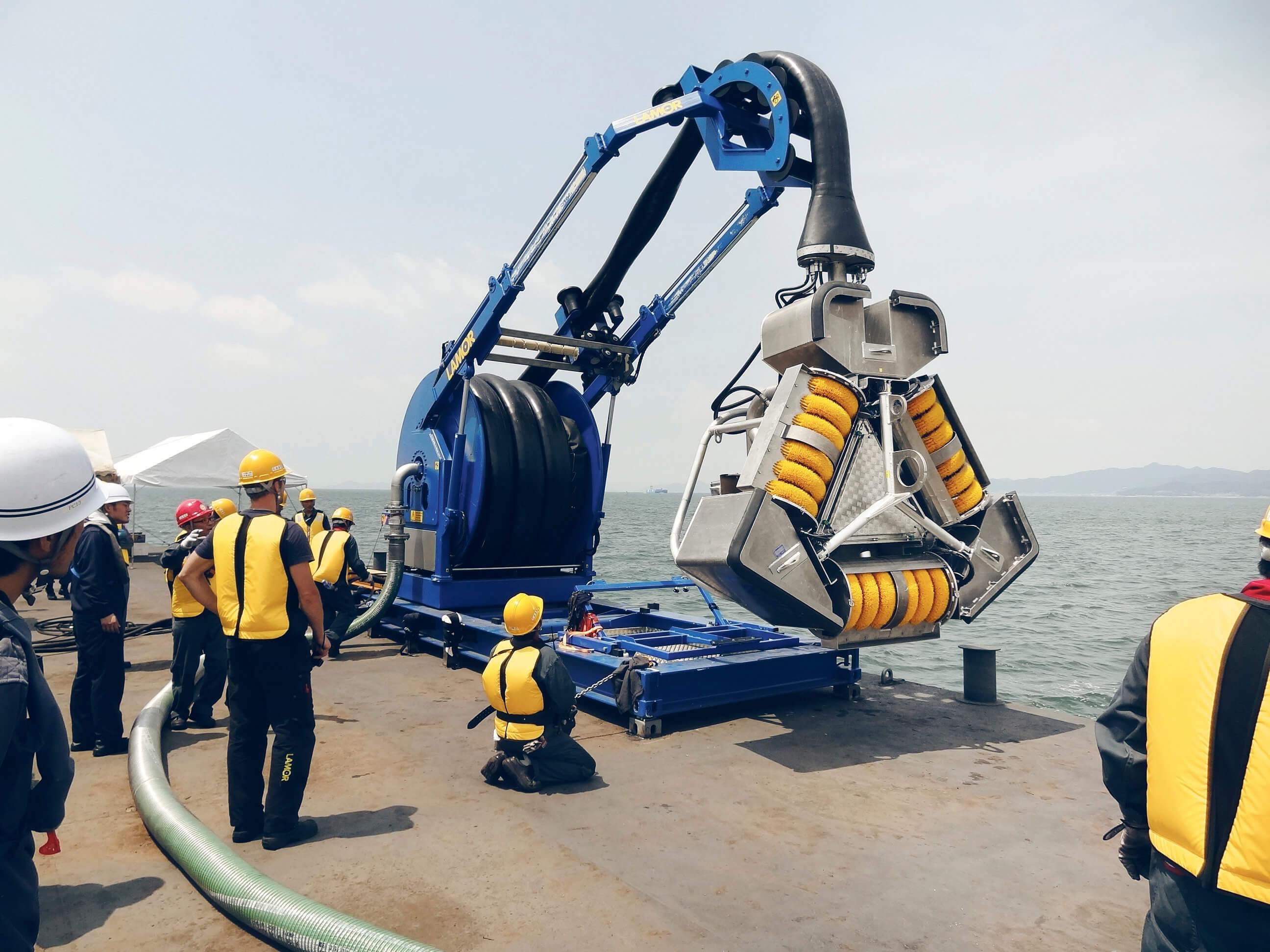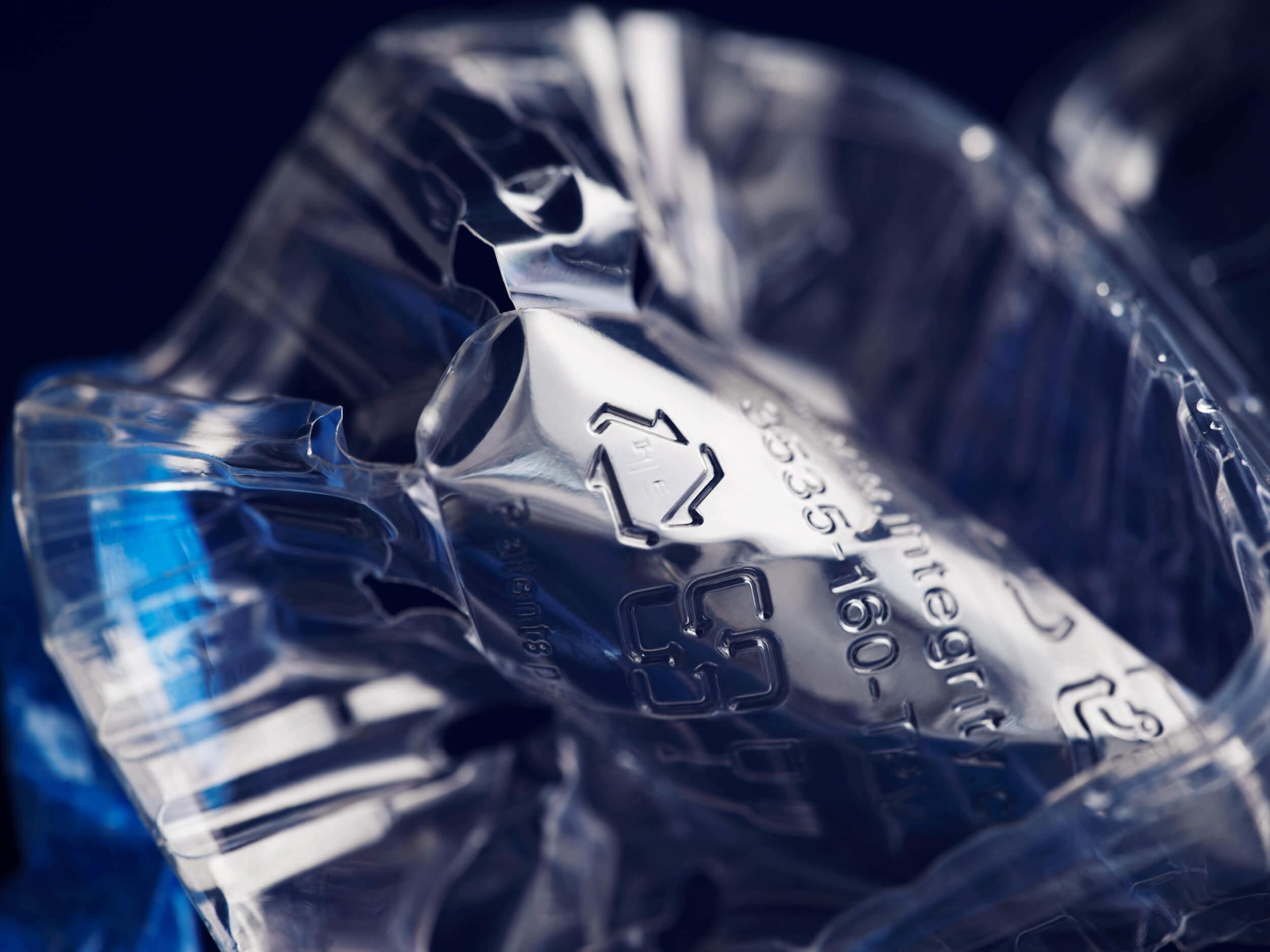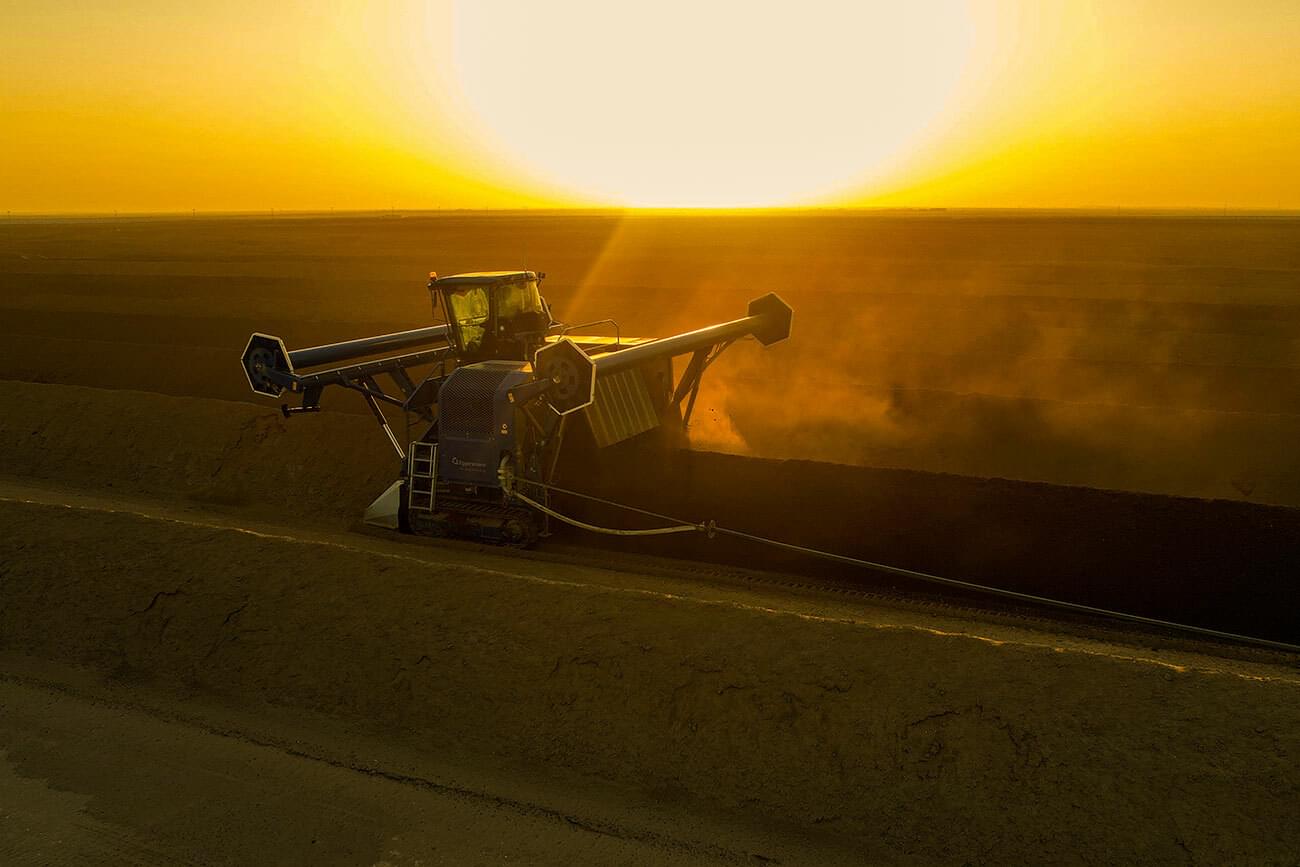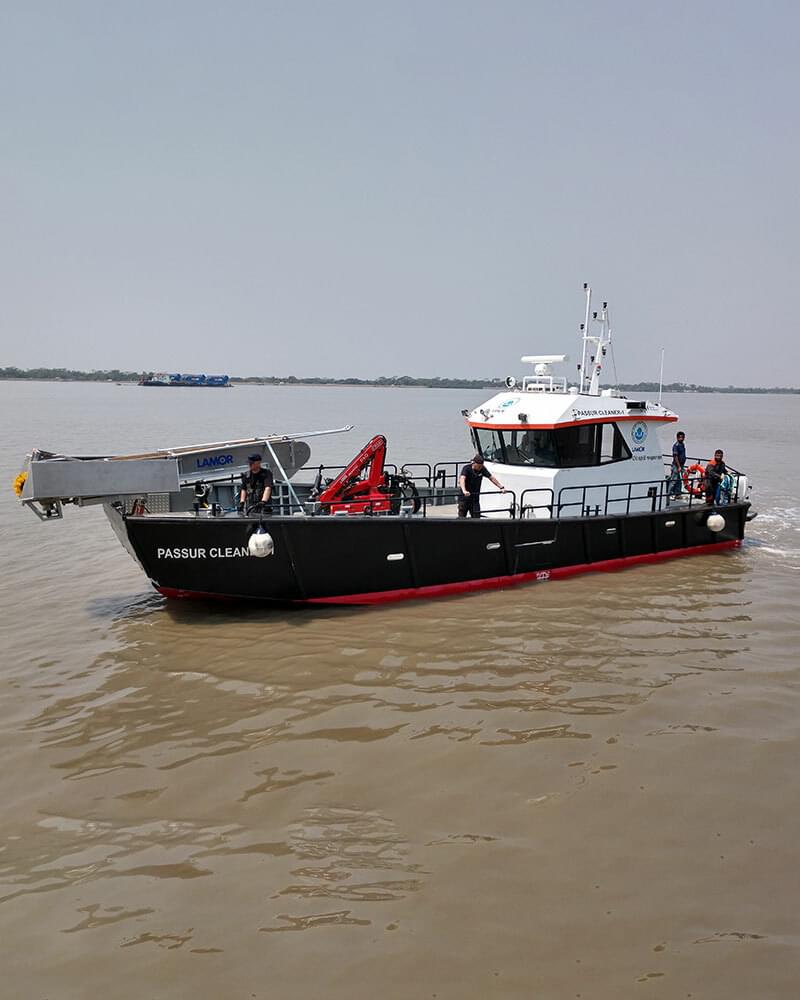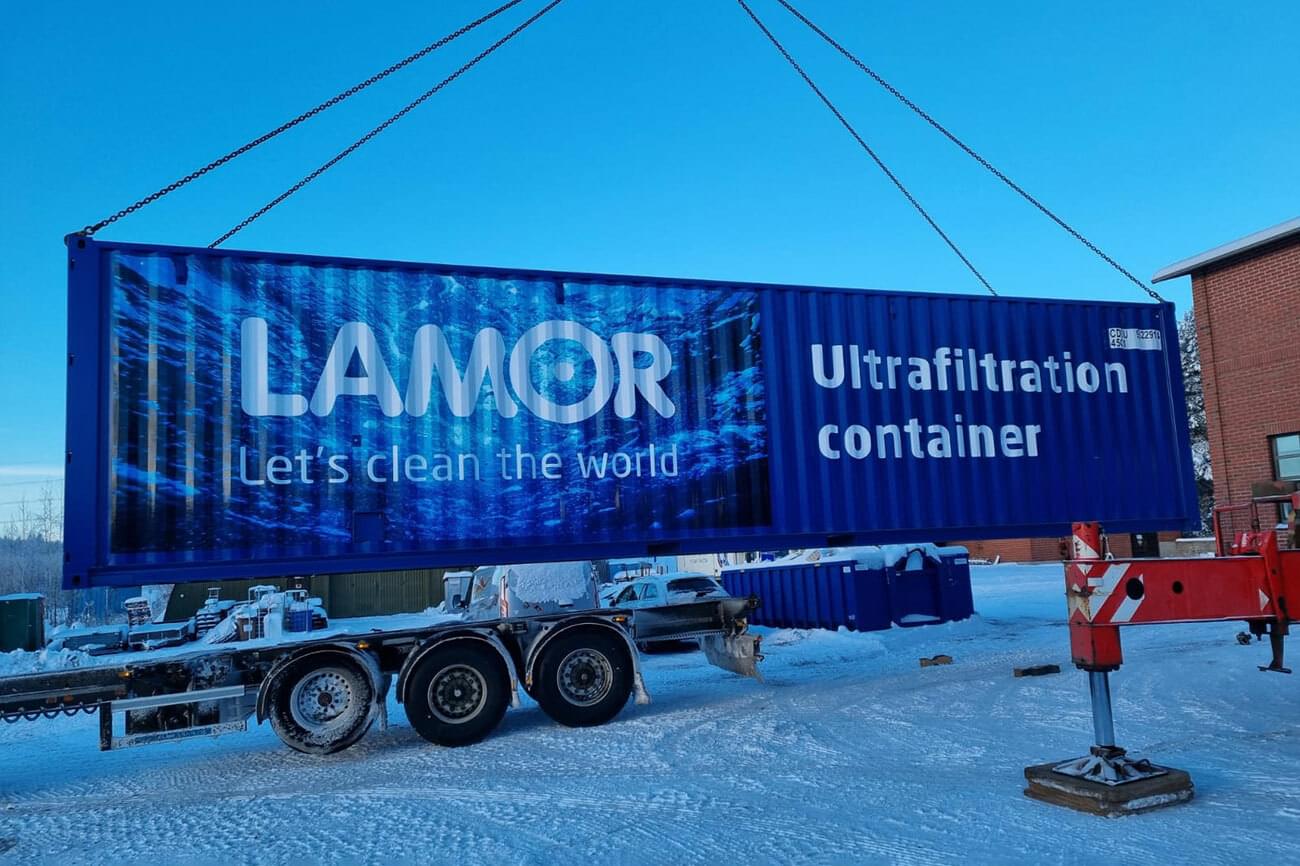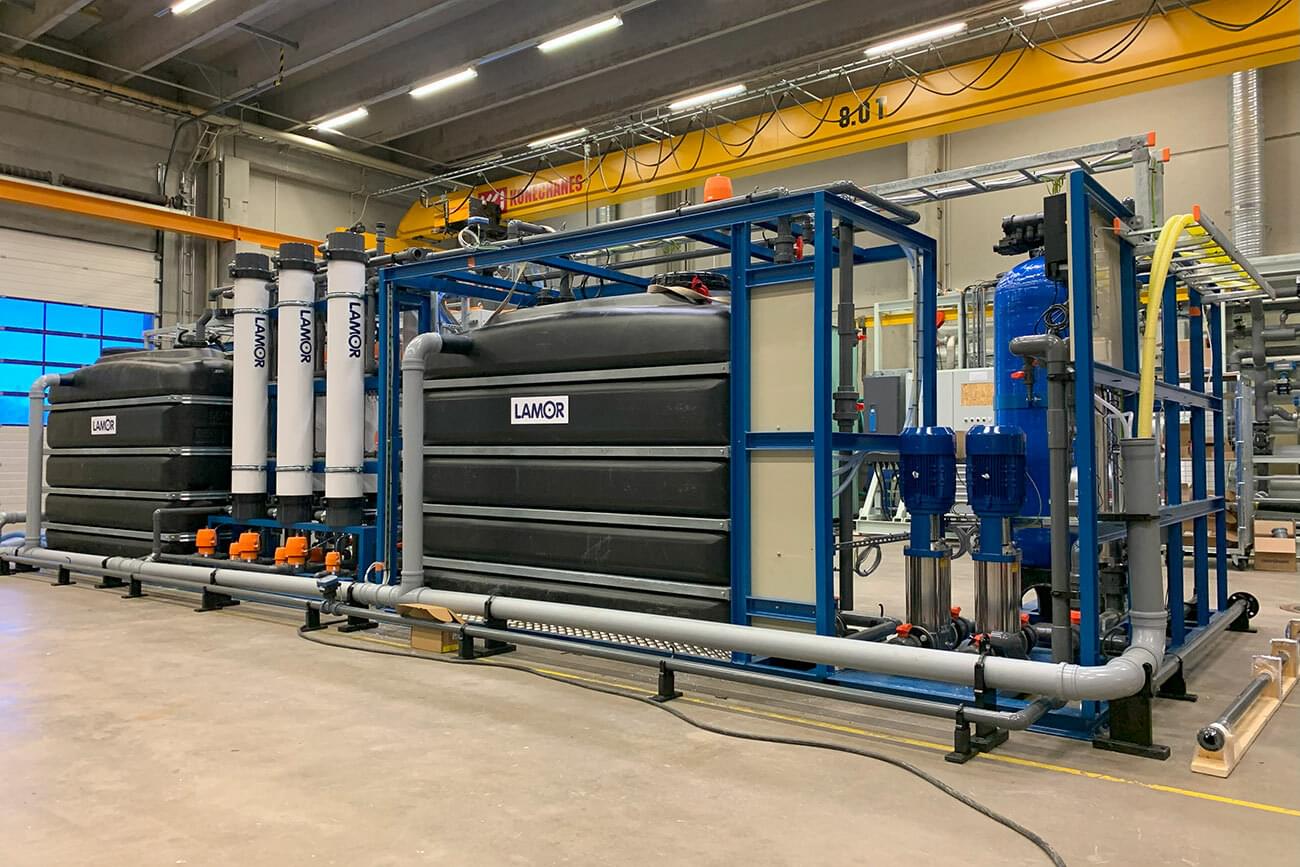
Separation and filtration
How separation technology standardises streams
In both waste management and water treatment, separation forms the foundation of an effective process. A range of separation techniques can be employed to liquid and non-liquid waste streams. Separation technologies encompass a diverse array of solutions, from robust screening methods to density-based cyclones. Filtering technologies are similar to separation technologies, where larger or denser particles or ions are separated from a material flow.
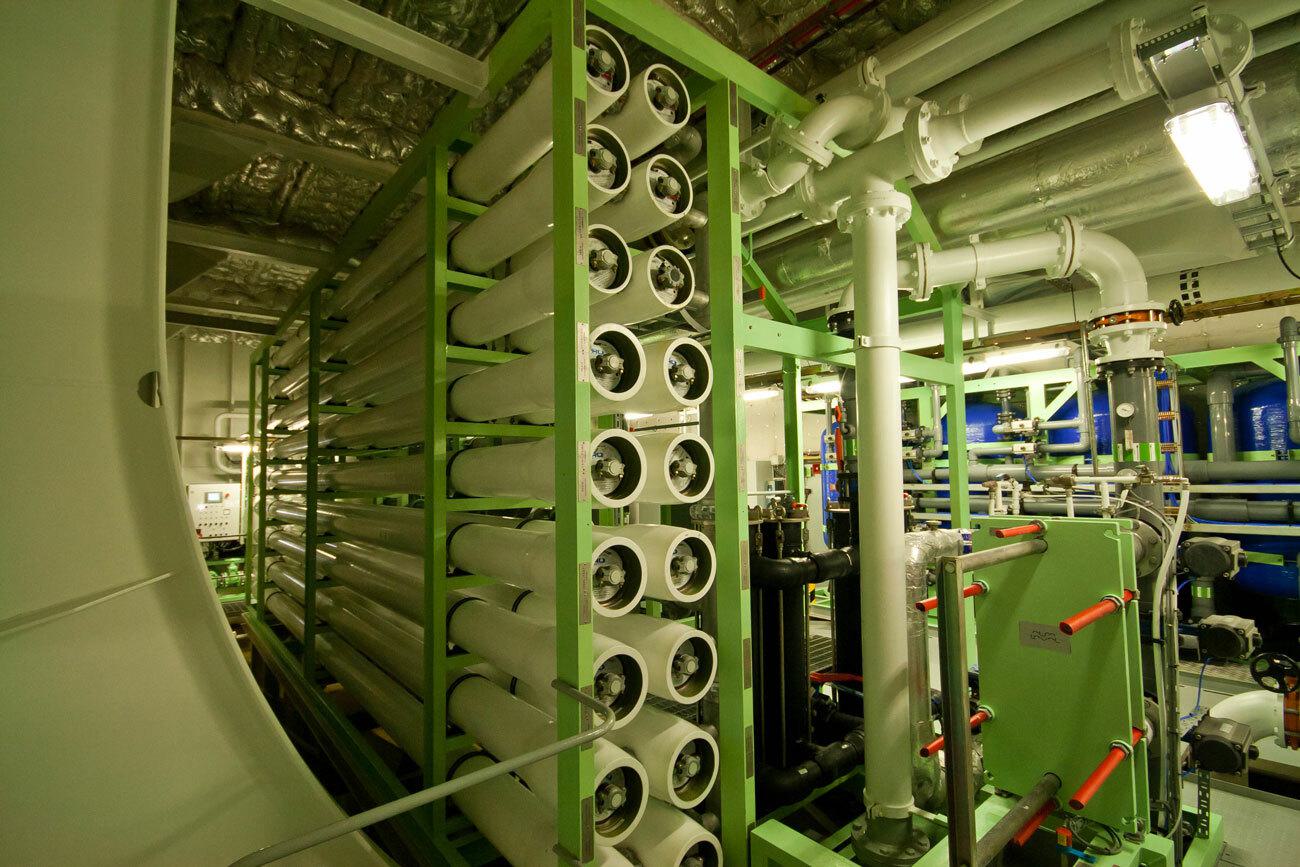
Why and when
As we progress through the process, we use finer separation and filtering technologies. Depending on the application, the end result or product can be either the treated stream, which comes out from the cleaner side of the process, or the concentrate, which is captured with the filter. This means we can produce clean streams from the total mass flow, or capture valuables from high volume streams.
In the case of hazardous waste management, more complex and physical separation processes can be deployed such as filtration, thus allowing intricate bonds formed from within the initial feedstock to be broken and managed more effectively.
At Lamor, we utilise the latest and most effective technologies and processes to deliver optimal results in your operating environment. Our systems are equipped with state-of-the-art automation and measurement technologies to ensure high yield and consistent quality in varying conditions.
Interested in our solutions?
Contact us and let's work together for a cleaner, more sustainable future.
Contact usStay in the know
Sign up for our newsletter to learn more about innovations enabling the survival of our dear planet.



